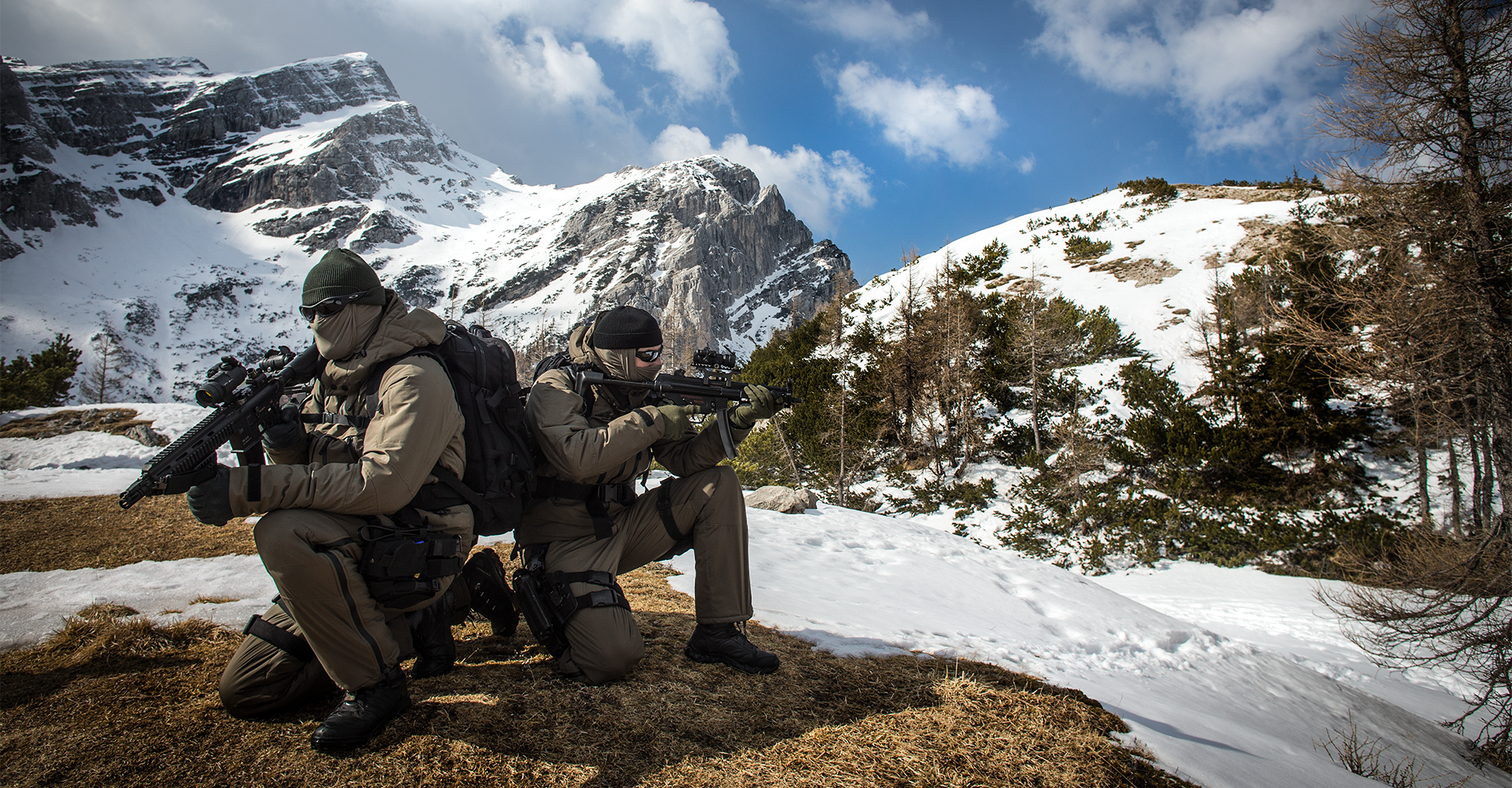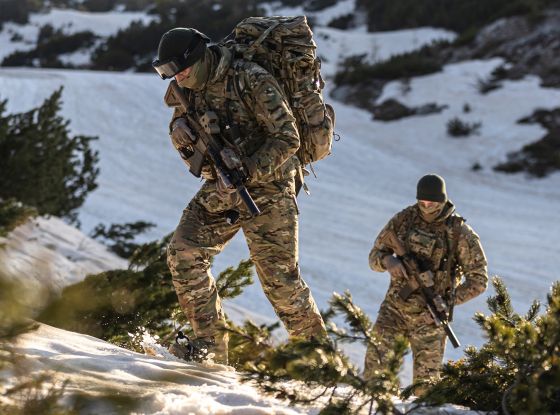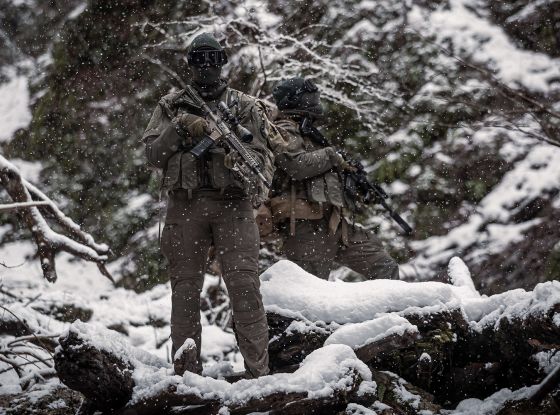You’ve been moving for hours through snow and wind. Your pulse is steady, your layers are holding, until the chill starts to creep in. It begins as a small cold patch where sweat met fabric. Minutes later, your body starts to lose heat faster than it can make it.
In this blog post:
- Why Layering Matters in Winter Operations
- Mistake #1: Starting with the Wrong Base Layer
- Mistake #2: Overdressing for Movement
- Mistake #3: Forgetting Ventilation
- Mistake #4: Misunderstanding the Role of Overalls
- Mistake #5: Skipping the Base Layer Change
- Mistake #6: Packing Layers in the Wrong Order
- Mistake #7: Ignoring Fit, Air Gaps, and Breathability
- Mistake #8: Neglecting the Head, Hands, and Feet
- Mistake #9: Neglecting Post-Mission Layer Care
- Conclusion
That’s the moment every operator realises that endurance alone won’t keep you warm, how you layer will. One mistake can turn your clothing system into a liability.
We’ve seen it happen time and again: overdressing before movement, skipping ventilation, or relying on the wrong materials. Here’s what really goes wrong when layering fails and how to make sure it doesn’t happen to you.
Why Layering Matters in Winter Operations
In cold weather, your layers aren’t just clothing, they’re your temperature-control system.
Layering helps you adapt to changing activity levels: keeping you warm when static and cool when moving. As explained in Pro's Guide to Winter Survival, the secret isn’t just insulation, it’s adaptability. Watch the video to see how professionals use layering systems to control temperature, manage moisture, and stay effective in freezing environments.
When you move, your body generates heat and sweat. When you stop, that sweat becomes the enemy. The right winter layering system (base, mid, insulation, and shell) keeps you balanced. The goal: never too hot, never too cold.
Layering clothes for cold weather works because it slows all three types of heat loss: conduction, convection, and radiation. Each layer traps air that reduces heat transfer to the environment. The base layer keeps moisture off your skin, the mid-layer traps warmth, and the shell blocks wind that would otherwise carry that heat away. Together, they create a controlled microclimate that keeps your body operational in freezing conditions.
For a detailed breakdown of how the body loses heat by conduction, convection, radiation and evaporation, and how your clothing system fights this, see our full guide: How Cold Affects You — And the Cold-Weather Gear That Keeps You Moving.
Mistake #1: Starting with the Wrong Base Layer
Mistake: Wearing cotton or non-moisture-wicking materials next to the skin.
Why it’s a problem: Cotton soaks up sweat and dries slowly. Once it’s wet, it stays wet and in freezing conditions, that leads to rapid heat loss.
How to fix it: Use merino wool or high-performance synthetics as your foundation. Merino remains the benchmark because it keeps warmth even when slightly damp. For high-output movement, lightweight merino or merino-synthetic blends wick moisture effectively and dry faster. The goal is to delay saturation for as long as possible, keeping your core temperature stable throughout exertion.
Field Insight: Some operators rely on open-mesh or “fishnet” style base layers. The mesh structure creates air pockets that enhance insulation and airflow while efficiently moving moisture away from the skin, reducing the need to change base layers after intense activity. It’s a proven setup for winter missions where keeping inner layers dry is critical.

Mistake #2: Overdressing for Movement
Mistake: Layering too heavily before the mission starts.
Why it’s a problem: When you move, your body becomes a furnace. Excess insulation traps heat, turns sweat into moisture buildup, and sets you up to freeze once you stop.
How to fix it: Start slightly cool. A base layer and combat uniform are often enough when active. Add insulation only when your tempo drops or during rest phases. Every layer should serve a clear purpose, no redundancy, no unnecessary bulk. Effective layering clothes for winter operations means managing heat, not sealing it in.

SUBSCRIBE TO UNLOCK OUR EXCLUSIVE CONTENT
Enter your email and get timely updates and relevant intel on tactical topics directly to your inbox.
You are signing up to receive updates via e-mail from which you can opt out at any time. Visit our privacy policy for more info.
Mistake #3: Forgetting Ventilation
Mistake: Keeping all zippers closed during exertion.
Why it’s a problem: Without ventilation, moisture stays trapped inside the system, soaking your inner layers. Even the best membranes can’t compensate if airflow is blocked.
How to fix it: Use vents before you overheat. Open underarm or chest zips during climbs or intense movement and close them when you stop.
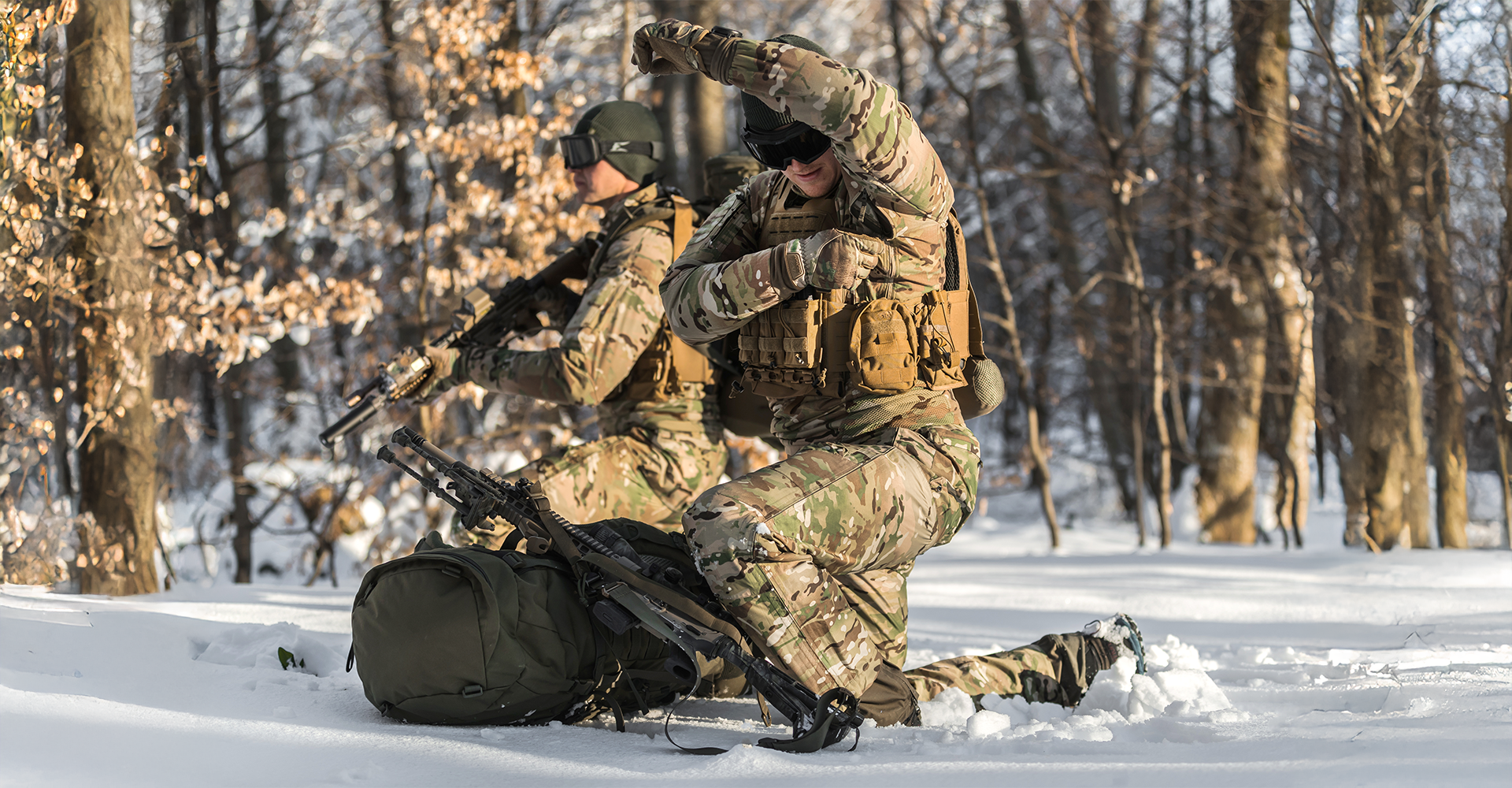
Mistake #4: Misunderstanding the Role of Overalls
Mistake: Treating overalls as thick insulation.
Why it’s a problem: Overalls are primarily for protection, not warmth. Their purpose is to block snow, wind, and moisture while creating an air gap—the real insulator.
How to fix it: Choose breathable, water-repellent overalls that let vapor escape. Avoid the “boil-and-freeze” cycle: overheating while moving and freezing when you stop. Look for fabrics that balance water resistance with vapor permeability to maintain a stable microclimate.
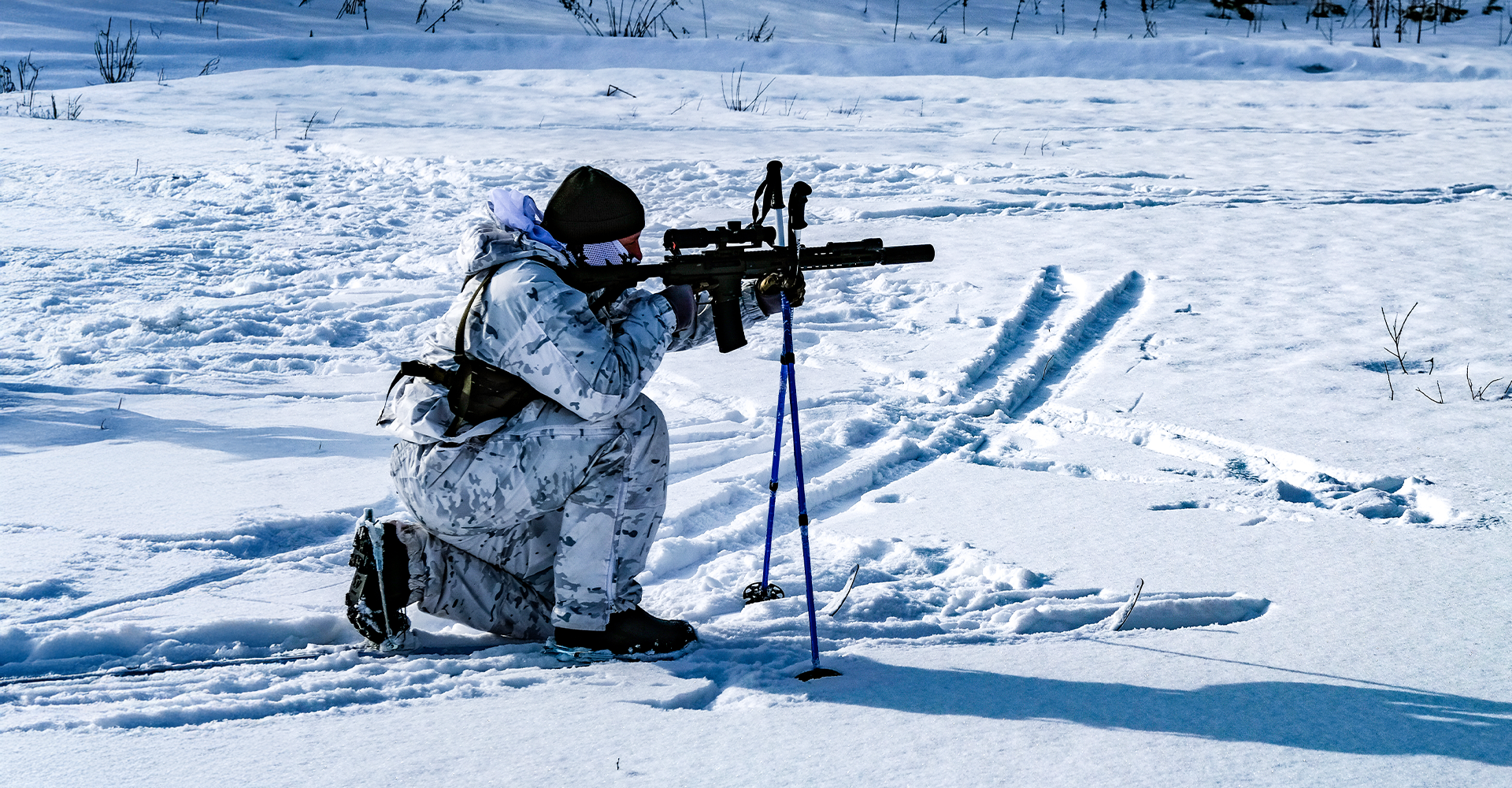
Mistake #5: Skipping the Base Layer Change
Mistake: Not changing a damp base layer after long or high-intensity movement.
Why it’s a problem: Even merino or synthetics reach a limit. Once the layer becomes saturated, it loses its ability to insulate. When you stop moving, that trapped moisture rapidly cools against your skin.
How to fix it: When you take a break or transition to a static phase, switch to a dry base layer before adding insulation. This resets your moisture balance and restores the air gap that traps warmth. A quick change can save hours of body heat and energy.
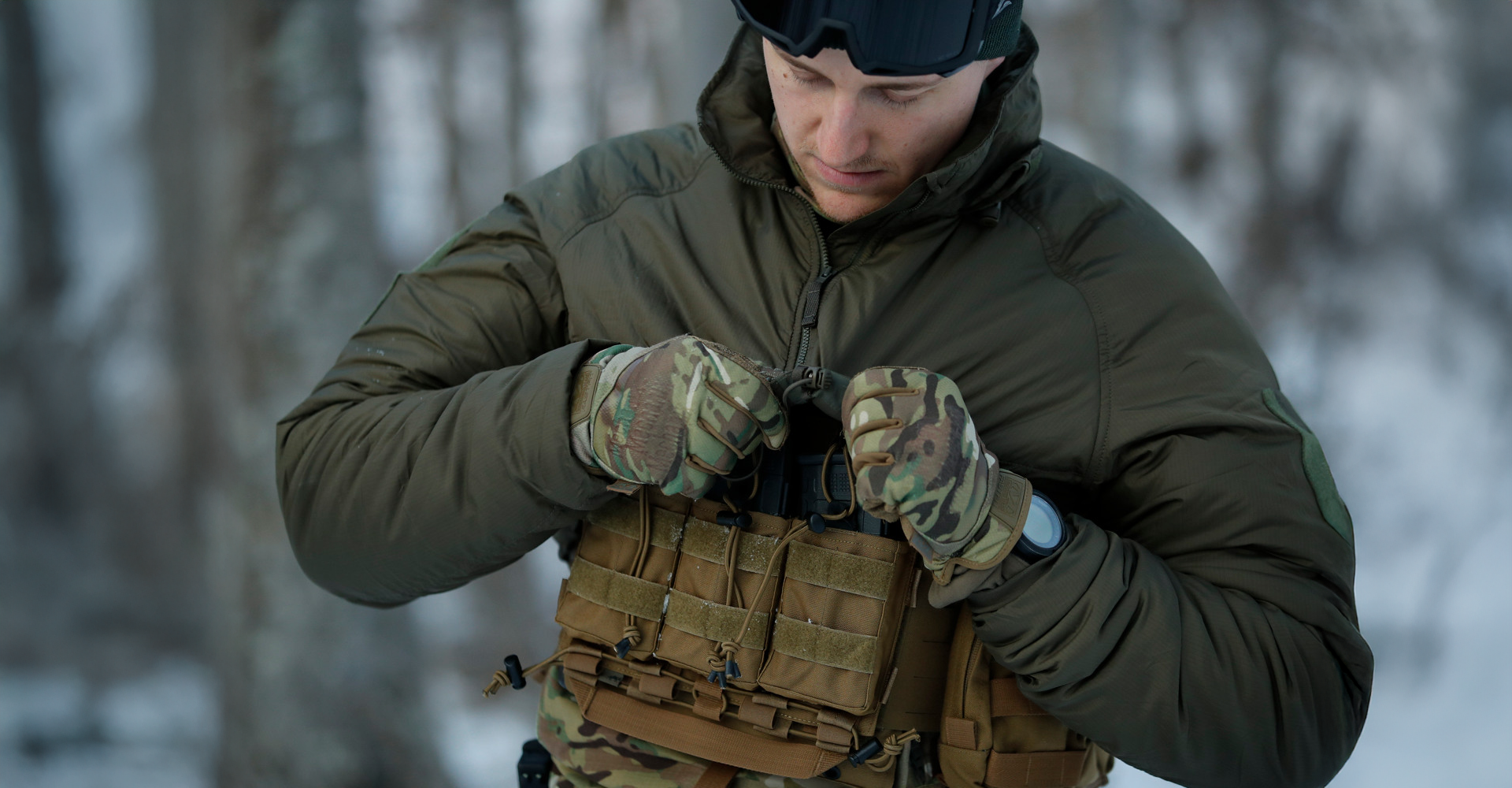
Mistake #6: Packing Layers in the Wrong Order
Mistake: Randomly stacking gear inside the pack.
Why it’s a problem: If your warm layers are buried, you’ll either delay adjusting or expose gear to snow and moisture while digging for it. Poor organization slows your reaction to temperature shifts.
How to fix it: Pack smart. Keep spare socks and base layers at the bottom, outer and insulation layers near the top for quick access. Use waterproof liners or dry bags for separation. Keep gloves and navigation tools in side pockets. A planned pack equals faster adaptation when adjusting your layering clothes system on the move.

Mistake #7: Ignoring Fit, Air Gaps, and Breathability
Mistake: Wearing layers that are too tight or too loose.
Why it’s a problem: Tight clothing compresses insulation and restricts movement. Oversized garments create uncontrolled air pockets and snag on gear.
How to fix it: Use garments designed for dynamic movement and ergonomic layering. Look for articulated elbows and knees, stretch inserts, and adjustable closures. The right fit maintains micro-ventilation while preserving mobility. Proper breathability and wind resistance keep your core temperature stable through long exposure.

Mistake #8: Neglecting the Head, Hands, and Feet
Mistake: Focusing only on torso insulation.
Why it’s a problem: When your core cools, blood flow to extremities decreases first. Cold hands, feet, and head mean lost dexterity, slower reactions, and reduced focus.
How to fix it: Use moisture-wicking socks, layered gloves, and insulated headgear. Adjust actively: remove a hat or open cuffs during exertion to stay dry, then seal up when stationary. Small corrections keep performance consistent and your layering clothes setup balanced.

Mistake #9: Neglecting Post-Mission Layer Care
Mistake: Storing gear wet or compressed after operations.
Why it’s a problem: Moisture and pressure damage fibers, reduce insulation, and degrade water-repellent coatings.
How to fix it: Dry all layers thoroughly, especially wool or merino blends. Store insulation uncompressed and hang outer shells to preserve their DWR treatment. Proper care extends the lifespan of every piece. For full maintenance details, read How to Properly Store Your Winter Tactical Clothing.
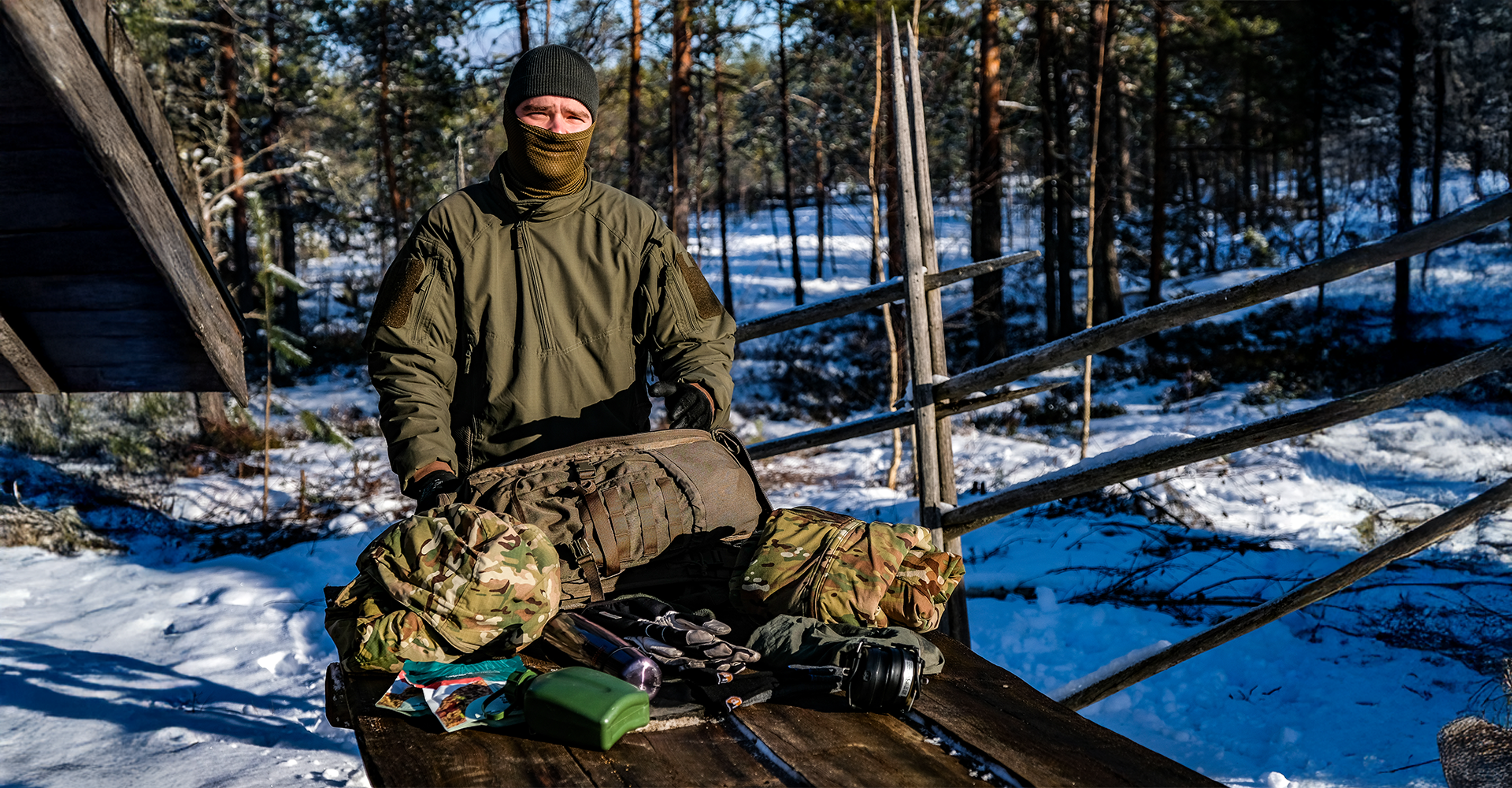
Conclusion
Each layer in your system has a job: manage temperature, manage moisture, and maintain mobility. Success depends on how well you balance all three.
A dry base, a breathable mid, and a weather-proof shell can mean the difference between endurance and exhaustion. Plan your setup. Know when to adapt and master your layering clothes system for every winter mission.

